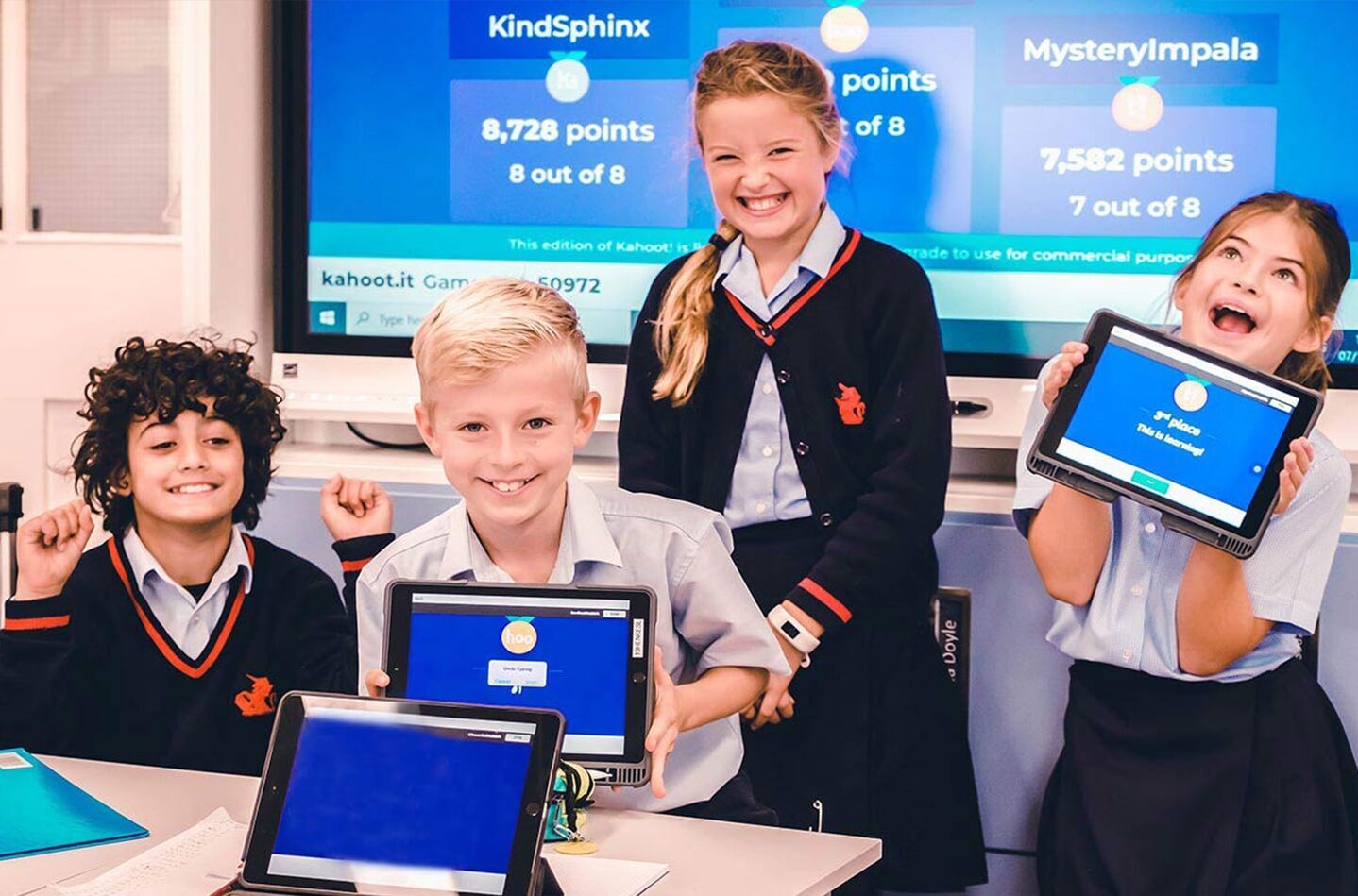
Thomas’s London Day School – Case Study
We recently sat down (virtually) with two of the team at Thomas’s London Day Schools to ask them how creative teaching and iPad has helped their students to thrive through lockdown.
Over the past 10-years, schools across the country have looked to iPad as an opportunity to drive student engagement in an ever changing world. “It’s getting to the stage where I’m pretty good at the technology but the children are even better” confesses teacher Kitty Dudgeon. Over the last 7 years, Kitty has worked at the Fulham school, one of four in the Thomas’s Trust.
It’s safe to say that iPad has become an integral part of the way that they teach at Thomas’s, with the adoption of iPad critical in their long term digital strategy. This forward thinking approach has paid dividends and has enabled some creative ways’ for students to engage with their learning.
Back in March 2020, schools across the country entered a period of uncertainty due to the national lockdown. Many teachers had to quickly adapt to a new way of supporting students in an unprecedented time, but Kitty saw this as an opportunity to trial some eccentric classroom exercises.
Innovating in a pandemic
Imagine tuning in to your morning Zoom call to find that Mrs Belle has been kidnapped. Miss Dudgeon used a green screen at her London home to stage a kidnapping mystery for her students to solve, using algebra and mathematical problems throughout the week to help reveal clues, eliminating suspects until the students found the culprit!
One sunny summer afternoon Mrs Dudgeon taught from a Zorb ball in her garden, using the setting to test her year 6 pupils on surface area and the volume of spheres. Miss Dudgeon then went to ask students questions like “How many rotations based on the circumference of the Zorb ball would it take for the teacher to get to the local shop – in order to do the essential shop for the week?”
“I just thought if it can just make one child smile every morning, or a parent laugh, it’s worth it: There is a blooper video somewhere out there” (unfortunately this was not shared with Sync for the purposes of this article).
Using iPad to run apps like Clips, Pages and Books, the school delivered a combination of video tutorials, voice notes and multimedia worksheets to keep students engaged and support parents who were struggling to balance teaching alongside working from home.
“We couldn’t have collaborated on these kinds of projects without the technology at our disposal.” explains Catherine Mangan, Digital Lead at Thomas’s.
“When we first got iPads we would ask students to use apps like iMove to make videos. As our pupils and staff have gotten more used to technology, they can now create things like infographics, animations and even app prototypes.”
iPad : An Extension of your Pencil Case
Some have described iPad as an extension of a pencil case, it provides students with the tools needed to achieve work. More and more apps are created every day. Each new app can have great features; but Catherine explains the importance of longevity and planning when it comes to a school selecting the apps to work with. “Apps shouldn’t give children the answer to their questions. They should give them the opportunity to find the answers they are looking for.”
Catherine once believed that “there was no point doing something with technology that you can do on paper.” However, with more and more apps being developed and the speed at which students pick up new technology things may fully transition over in the near future.
“We have narrowed down the list of apps that our students can use. You can use some of the Maths Apps from reception to year 6. It’s all about consistency and setting students up so that they are able to develop their skills throughout their school journey”
Working with an Apple Authorised Education Specialist
Some schools might have 20 different games on their devices, but having that approach doesn’t necessarily get the most out of the experience.
Sync have worked with Thomas’s over the last 3 years to help them deploy one device per student (1:1) across different year groups as well as providing setup, maintenance and training as required.
What has been the Biggest Benefit of Switching to 1:1?
The big difference between now and then is the speed at which children pick something up. 1:1 has made it a more personal experience, it gives children more ownership over their work. It means that children have this continuity throughout their education and maintain development. iPad also allows us to differentiate learning, giving additional support to be provided to students with learning difficulties – also giving us the ability to extend learning beyond the class, to allow some students more time to learn.
The progression never stops. At the moment, the schools have 1:1 iPad from year 3 and above – but Catherine predicts that it won’t be long before the school has a fully integrated 1:1 programme with a device for every pupil.
Make an enquiry
0330 159 5901 | [email protected]
"*" indicates required fields